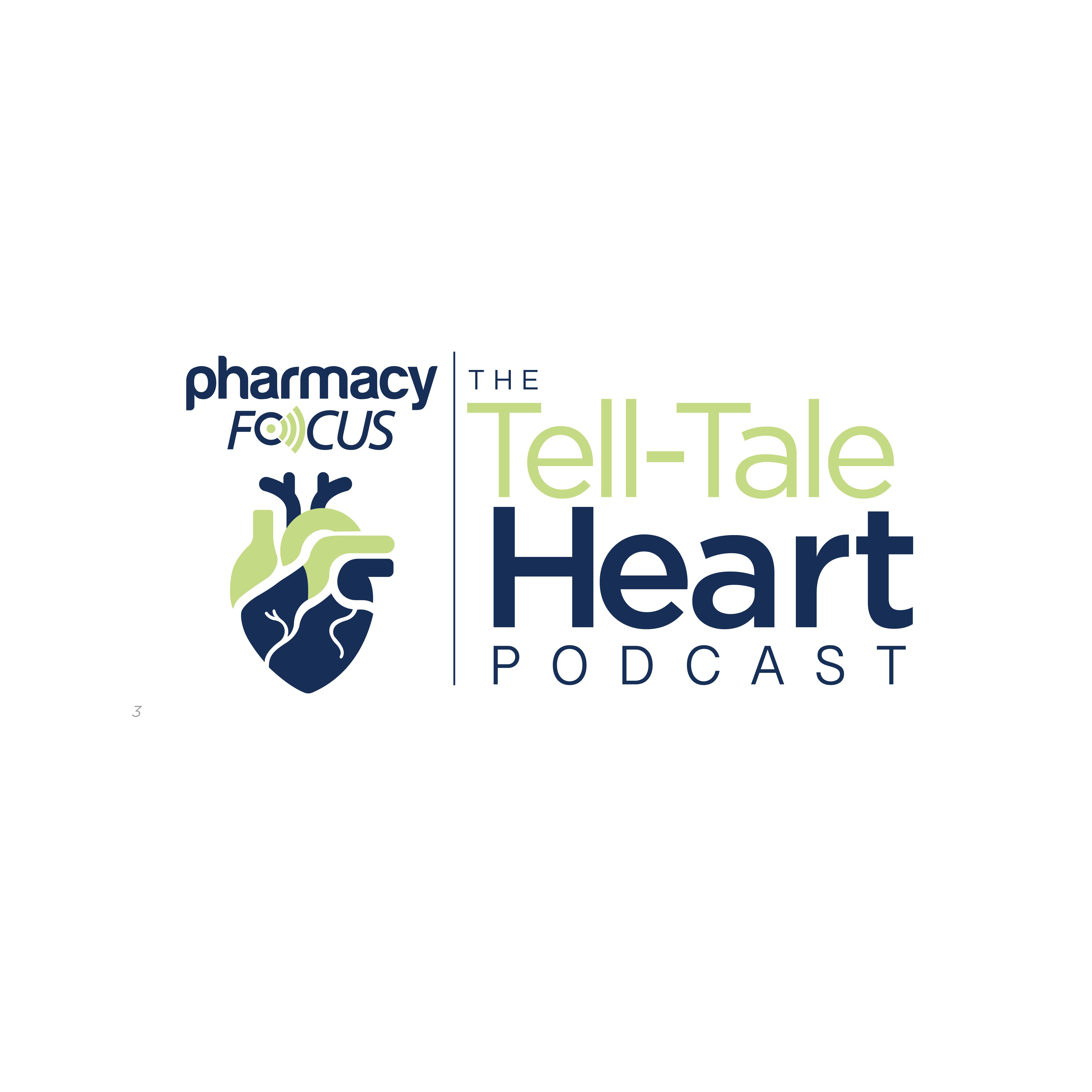News
Article
Garadacimab-gxii Receives FDA Approval for Hereditary Angioedema Treatment
Key Takeaways
- Garadacimab-gxii is the first HAE treatment offering once-monthly, subcutaneous self-injections for patients 12 years and older.
- Hereditary angioedema is a rare genetic disorder causing painful swelling episodes, often worsening during puberty.
The FDA approves garadacimab-gxii, a treatment for hereditary angioedema (HAE), offering convenient monthly self-injections for patients 12 years and older.
The FDA approved garadacimab-gxii (Andembry; CSL) for targeting factor Xlla for prophylactic use to prevent attacks of hereditary angioedema (HAE) in adult and pediatric patients 12 years and older. With this approval, garadacimab is marked as the only HAE treatment offering once-monthly, subcutaneous self-injections for all patients, delivered in 15 seconds or less through a citrate-free autoinjector.1
Image credit: Araki Illustrations | stock.adobe.com

“[Garadacimab], the first monoclonal antibody discovered and developed entirely by CSL, offers people living with this life-threatening condition long-term control over their disease along with a convenient administration method," Bill Mezzanotte, MD, executive vice president and head of R&D at CSL, said in a news release.1
Signs and Symptoms of HAE
HAE is identified as a rare, chronic, and potentially life-threatening genetic disorder that causes swelling episodes, commonly referred to as HAE attacks, which occur in adult and pediatric patients as early as 2 years of age. The attacks are painful, typically lasting 3 to 5 days, and can impact various parts of the body, including the abdomen, larynx, face, and extremities. Swelling can also occur on a child’s tongue, creating a gasping sound when inhaling and a change in vocal sound. Additionally, swelling can occur in areas that are unseen, such as the tissues that line a child’s airways or digestive organs. These symptoms can begin during childhood or adolescence and often become worse and occur more often during puberty.2
The disorder is divided into different types, which are type 1 HAE, type 2 HAE, and HAE with normal C1-INH. Among the different forms, type 1 is the most common and is responsible for about 85% of all HAE cases, followed by type 2.2
"We've made significant progress in treating hereditary angioedema, yet many patients still experience painful and sometimes life-threatening HAE attacks and require frequent injections to manage them," Tim Craig, MD, professor of medicine, pediatrics, and biomedical sciences at Penn State University, said in a news release. “We now have a new option to manage this condition through a new target, as it allows us for the first time to inhibit the top of the HAE cascade by targeting factor XIIa."1
Phase 3 VANGUARD Clinical Trial Results
The approval was supported based on data from the pivotal multicenter, randomized, double-blind, parallel-group, placebo-controlled phase 3 VANGUARD trial (NCT04656418) that assessed the efficacy and safety of garadacimab among individuals 12 years and older with HAE type 1 or type 2. Patients participating in the study first underwent a screening and run-in period to establish their baseline attack rate. The patients were randomly assigned 3:2 to receive either a 400-mg loading dose of garadacimab, followed by a 200-mg monthly dose (n = 39), or a volume-matched placebo monthly (n = 25) through subcutaneous injection. Following a 6-month treatment period, individuals had the option to continue into an ongoing open-label extension study.1
Results from the study demonstrated that treatment with garadacimab led to 62% of patients remaining attack-free throughout the study period. Compared with placebo, garadacimab significantly reduced HAE attacks by a median of over 99% and a mean of 89.2%. The treatment also led to a median reduction of over 99% and a mean reduction of 88% in HAE attacks requiring on-demand therapy, as well as a median reduction of over 99% and a mean reduction of 90% in moderate or severe attacks.1
“[Garadacimab], a novel once-monthly subcutaneous treatment that inhibits factor XIIa, is a welcome addition to the HAE treatment landscape," said Anthony J. Castaldo, CEO and chairman of the board, US HAE Association and HAE International. "People with HAE now have another choice for lessening the burden associated with this lifelong condition and realizing the community's shared goal of experiencing life to the fullest."1
REFERENCES
1. U.S. Food and Drug Administration Approves CSL's ANDEMBRY® (garadacimab-gxii), the Only Prophylactic Hereditary Angioedema (HAE) Treatment Targeting Factor XIIa with Once-Monthly Dosing for All Patients From the Start. CSL. News release. June 16, 2025. Accessed June 17, 2025. https://www.prnewswire.com/news-releases/us-food-and-drug-administration-approves-csls-andembry-garadacimab-gxii-the-only-prophylactic-hereditary-angioedema-hae-treatment-targeting-factor-xiia-with-once-monthly-dosing-for-all-patients-from-the-start-302483058.html
2. Cleveland Clinic. Hereditary Angioedema. News release. Updated March 31, 2025. Accessed June 17, 2025. https://my.clevelandclinic.org/health/diseases/hereditary-angioedema
Newsletter
Stay informed on drug updates, treatment guidelines, and pharmacy practice trends—subscribe to Pharmacy Times for weekly clinical insights.






